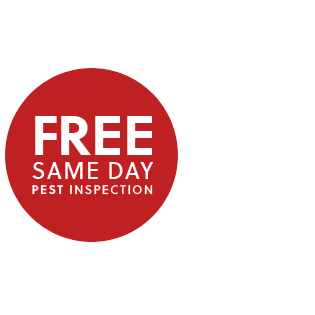Hitting the ant trail
Spring is the time of year when ants embark on their foraging adventures. After overwintering and living on stored energy, ants are ready to explore for new sources of food and shelter.
It’s also the time of year when homeowners cringe at the sight of an ant trail going across their patio or driveway, headed for their houses.
Spring’s warmer temperatures stimulate an ant’s metabolism, increasing its energy levels. Spring’s warmth also promotes increased foraging and colony activity.
For ants that overwintered indoors in wall voids, crawl spaces, and attics, under insulation, or in other dark, undisturbed locations, water or moisture is often the first requirement in spring. These overwintering sites are usually dry, and ants will be attracted to sources of moisture once spring arrives.
Following the ant trail
Ant trails vary by species, with some trails being used by several species, but usually at different times of the day. Ants will often use sidewalk edges, irrigation hoses, wiring, fencing, or concrete driveways as a guide for their trails. Ants coming from nests in attics often will forage to nearby trees when that vegetation comes into contact with a building, or by following wires, cables, or fencing associated with the roof area.
The Argentine ant is the most widely encountered species in California. This species, with its large colony size and aggressive foraging behavior, can create a real headache. Joining the Argentine ant on the list of annoying ants are odorous house, pavement, and pharaoh ants.
What attracts ants
What attracts ants to your home when they perfectly look content outside crawling along sidewalks or across your patio? The answer is simple: food and water.
Ants have a sweet tooth, which leaves kitchens, pantries, cabinets, and indoor and outdoor dining areas particularly attractive. Not only are ants attracted to crumbs and spills, but they’re also drawn to the moisture that sinks, leaky faucets, and even improperly caulked showers and bath enclosures can provide.
The most effective way to prevent ants from blazing a trail into your home is to remove the attraction. Wipe down countertops and sweep floors to remove crumbs and residue from spills, and regularly take out the garbage. Also, make sure you clean any sticky, sweet residues from soda and juice bottles or other food packaging that may collect in recycling containers, as ants, especially Argentine ants, thrive on sweets.
Ant prevention tips
Ant prevention should be a top priority, and it’s something that Clark, your friendly termite, mosquito, rodent, and pest management expert, can help you with. Below are some handy tips to help you keep ants out of your home.
- Seal cracks and crevices around your home using a silicone-based caulk.
- Replace weatherstripping and repair loose mortar around the basement foundation and windows.
- Ensure that downspouts and gutters are functioning properly, so that water flows away from your home’s foundation.
- Recalibrate sprinklers to make sure you don’t overwater and allow ant-attracting moisture to collect.
- Keep trees and shrubbery trimmed away from your home’s structure.
- Store food in sealed containers, keep ripe fruit in the refrigerator, and clean up food spills and crumbs.
- Routinely check under sinks for areas of moisture and repair any leaky pipes.
- Keep pet bowls clean and wipe up any spilled food or water around them promptly.
- Store dry pet food in a sealed plastic container rather than in the paper bags it often comes packaged in.
If foraging ants are invading your home’s living spaces, call or text (800) WE-NEED-YOU (936-3339) or email us at clarkcares@clarkpest.com.
Until next time, the pest management professionals at Clark Pest Control thank you for helping to keep unwanted pests out of your home.


